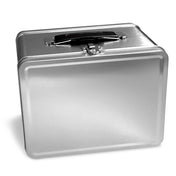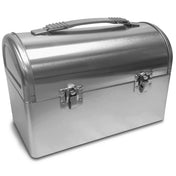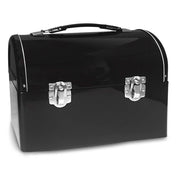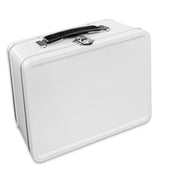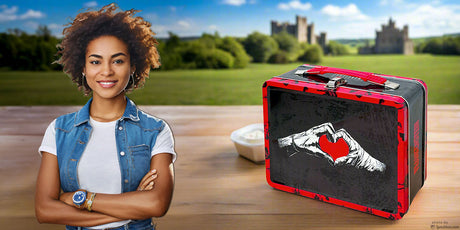When nature dumps a load of snow onto your driveway, it’s a free workout in disguise - but maybe not one you’re really in shape to tackle. If you’re always sore (or, worse, injured) after the first big storm of the season, read these tips on how to make shoveling easier on your body.
Recognize what you’re asking your body to do
Look, just because shoveling is a common chore doesn’t mean it’s one that everyone’s body is automatically ready for. Be honest about whether you’re trained for this. You wouldn’t ask “how can I run a marathon without my legs being sore the next day?” if you haven’t done any running at all in the past year. Jumping into something you’re not ready for is going to suck.
If you know you’ll be shoveling a lot, plan ahead. Dead-lifts in the gym will help you build the strength you need in your back, core, and legs, for example. If you’re not up for that, any full body fitness regime will leave you better prepared than doing nothing.
And while we’re mostly talking about sore muscles and aching joints, it’s important to recognize whether your cardiovascular system is up to the task. If you aren’t used to exercising, and if you are older or have a heart condition, you may want to check with your doctor about whether shoveling poses a risk to your heart.
Shovel early and often
If I could give the world only one snow-shoveling hack, it is this: Shovel when there is only a small amount of snow, even if you know there’s more coming. It’s far, far easier on your body to shovel three inches of snow four times over the course of the day, than to tackle 12 inches of snow all at once.
If you missed your opportunity, you can still shovel in layers. Take a slice off the top, then a slice that goes deeper, and so on. Each shovelful will be much lighter and easier to deal with, even though you are taking more shovelfuls in total.
Push instead of lift
We tend to envision shoveling as a repetitive bend-and-lift movement, but don’t forget that you can also use your shovel as a snowplow to push the snow in front of you. You can even buy shovels that are meant to be used this way, so consider an upgrade.
Pushing the snow works best when it’s in a thin layer, so this works well with the advice to shovel when there’s only a small amount on the ground. But even if you have deep snow, pushing can save you some effort. Push until you have a pile, and then slice off the pile in layers.
Keep your back straight
You’ve heard the advice to lift heavy boxes “with your legs, not your back.” What this really means is that your back is best protected from injury when you can keep it straight. If your back rounds as it gets tired, take a break, or find a technique that allows you to keep your back straight even while it’s tired.
For example, it’s most efficient to shovel in a deadlift-like motion: Your back is more or less straight, and you’re hinging from your hips like a drinky bird. This does require a lot of work from your lower back muscles, so you are technically lifting “with your back,” but it’s safe as long as your back muscles are strong enough to keep your torso straight and stable.
As your back muscles get tired, you may find it easier to keep your back straight if you keep it more upright. This is where a squat motion comes in - the proverbial lifting “with your legs.” Choke up on the shovel so the weight is as close to your body as possible, and bend your knees more so that you don’t have to bend as much from the hips.
Warm up, take breaks, and go easy on yourself
Don’t kid yourself: This is a workout. And as with any workout, the first 10 to 15 minutes will feel the hardest. So keep the work light at first—take smaller shovelfuls, for example. Don’t forget to take breaks, either. You’re not cheating if you stop for a few minutes to let your body rest before getting back into it.
Switching techniques (as above) and positions can help to distribute the strain across your body rather than just hammering the same muscles over and over. Do half your shoveling with the shovel on your right side, and half with the shovel to your left.
Original article by Beth Skwarecki appears on LifeHacker
Photo courtesy of Burst


